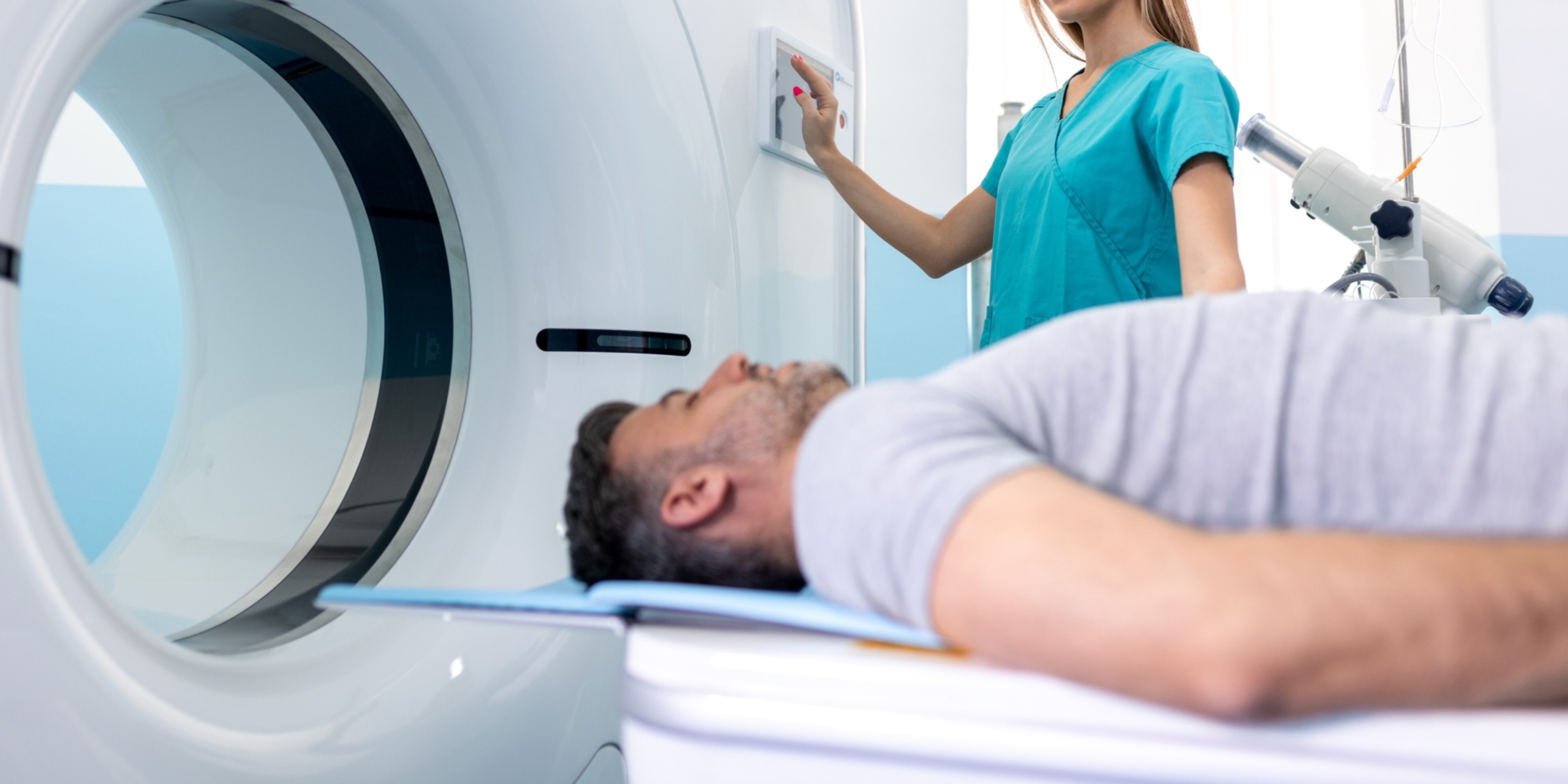
AUSTIN, Texas — A new lung cancer screening initiative has made significant strides in overcoming barriers to care for low-income, uninsured and minority populations in Central Texas — a critical step toward reducing disparities in lung cancer outcomes. The effort, led by Dell Medical School at The University of Texas at Austin and CommUnityCare Health Centers, implemented a patient-centered approach that includes bilingual support, mailed outreach, and no-cost screening to patients.
“Federally Qualified Health Centers like CommUnityCare serve a higher-risk population, making them great places to offer cancer screening and help people quit smoking,” said Brandon Altillo, M.D., assistant professor of internal medicine and population health at Dell Med and a provider at CommUnityCare. “But there are still significant barriers, including the cost of screening and limited access to specialists. Many patients also face stress from poverty, which can make it harder to focus on preventive care.”
Lung cancer is the deadliest cancer in the U.S., with over 125,000 deaths expected in 2024. Black, low-income and less-educated populations are disproportionately affected, facing higher mortality rates. The program, detailed in the American Journal of Preventive Medicine, identified more than 700 eligible patients ages 55 to 77 with at least a 20-year history of smoking. From 2020 to 2023, team members implemented a multicomponent intervention — an approach designed to promote equitable access to lung cancer screening by removing financial, language and logistical barriers across the spectrum of care.
Key results of the initiative:
- 83% of patients who agreed to screening completed their low-dose CT scans.
- There were no significant differences in completion rates by age, gender, race/ethnicity or insurance status.
- 49% of current smokers engaged in cessation counseling; 31% reported quitting.
The program, which was funded by a grant from the Cancer Prevention & Research Institute of Texas, used bilingual outreach materials, held shared decision-making sessions by phone, and included patient navigators to help coordinate care. Financial support was also provided for underinsured patients.
“Our focus was not just on increasing lung cancer screenings but on ensuring that those most at risk — particularly those with financial or language barriers — could access care,” said Altillo. “This program demonstrates that with targeted interventions, we can close gaps in health care and save lives.”
Building on its success, the program will expand to reach more Texans, offering both lung cancer screenings and smoking cessation support to high-risk communities.